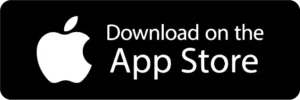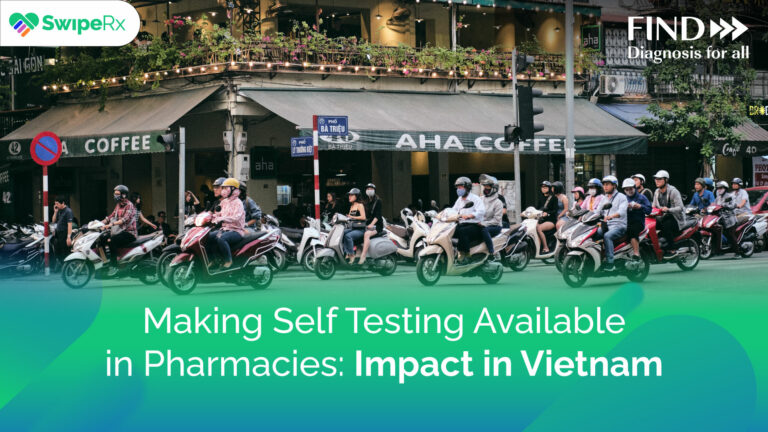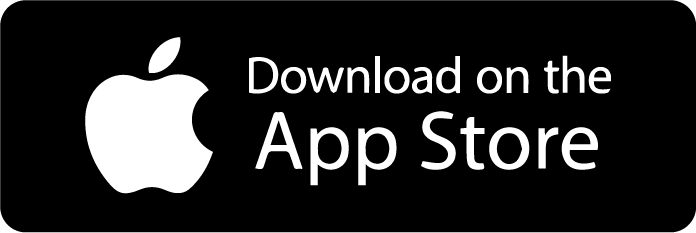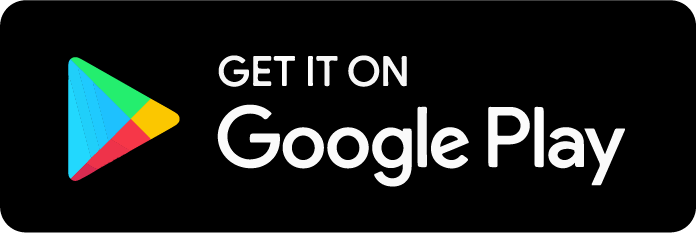While most developed countries are using electronic prescriptions and health records that generate big data insights, there has been far less use of these technologies in emerging regions like Southeast Asia. Southeast Asia has the highest proportion of global mortality, with an overly large share of tuberculosis, maternal conditions, child mortality, and injuries. There is clearly a dire need for improvements in public health information infrastructure.

Having access to more data raises public health intelligence and is a critical first step in helping to change the entire landscape of healthcare— but what insights will big data generate?
Big data helps public health officials prepare for and prevent disease outbreaks
During the Zika virus outbreak in 2015, data from online media sources were analysed in order to provide more information about the spread of the disease, allowing response teams to plan more effectively. Evidently, digital innovations can be very valuable for identifying and even predicting disease patterns, and can assist public health officials in planning accordingly.
Presently, mClinica’s SnapRx digitizes prescriptions and rapidly collects far more data than would be possible with paper-based documentation. When this data is generated on a national scale, governments and NGOs benefit millions of people by tracking trends, reacting efficiently during disasters, and announcing recalls to pharmacies.
Take, for example, that the flu is starting to spread in one city. At first, SnapRx data will show us that only a few prescriptions for flu medicine were sold. But say that during the week the number of prescriptions for flu medicine starts quickly increasing. Data scientists will see an uptick in the number of flu medicines sold in the city and can alert the authorities that a potential flu outbreak is underway. The authorities would know about the situation and could send extra flu medication and public health officials to the area to prevent it to spreading, all because of the real time data generated by SnapRx.
Now, pharmacists using SnapRx can notify other users, as well as their local government, when patients come to their pharmacies with prescriptions for diseases like tuberculosis. This online data creates first-of-its kind solutions for governments and NGOs and permits them to build accurate models of disease progression.
Big data paves the way for personalized management of chronic diseases
With chronic diseases on the rise in Southeast Asia, there is a growing need for consistent healthcare but there is an acute shortage of physicians. The situation is not much better for pharmacists: there is only 1-3 pharmacists per 10,000 individuals. This lack of healthcare professionals in the face of escalating health needs can be partly resolved by encouraging patients to participate in their own care.
With the introduction of more digital patient programs, patients can contribute more data to the very database that serves them. Doing so will give healthcare providers a better understanding of how chronic illnesses affect the lives of patients. As a start, mClinica’s Connect sends patients targeted messaging, refill reminders, and discounts— all of which simplify and personalize the management of their chronic illness.
Electronic health records and other big data innovations have greatly increased the amount of new knowledge available to health professionals by creating a shared collection of patient and population health information. But we’re just seeing the beginning of what big data will reveal.
You might be interested in:
New data: 1 out of 4 pharmacy professionals in Vietnam improperly dispense antibiotics
Bringing real-time data monitoring to healthcare: the challenges and benefits ahead of us







